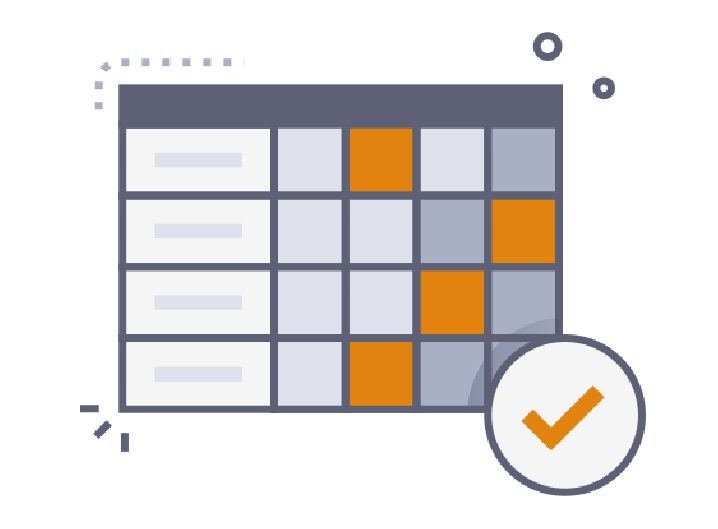Designing Accessible Tables for Inclusive Web Experiences

Tables are essential for presenting structured data on the web, offering users a clear and organized way to interpret complex information. However, without proper accessibility considerations, tables can become barriers for users with disabilities, particularly those who rely on assistive technologies. Accessible tables ensure everyone can understand and interact with tabular data effectively, fostering inclusivity in web design.
Key Principles of Accessible Tables
- Use Tables for Tabular Data Only
Tables should be reserved for presenting data, not for layout purposes. Using CSS for layout ensures clean and semantic HTML, enhancing both accessibility and maintainability. - Provide Descriptive Table Captions
Include a <caption> element at the start of the table to briefly describe its purpose. For example:<caption>Monthly Sales Data for 2024</caption>
- Use Associative Relationships for Complex Tables
For complex tables with multiple headers, use the id and headers attributes to explicitly associate data cells with their respective headers.<td headers="header1 header2">Data</td>
- Enable Keyboard Navigation
Tables should be fully navigable via keyboard.This ensures users who cannot use a mouse can still interact with the data. - Responsive and Scrollable Tables
Ensure tables are accessible on all devices. For smaller screens, use CSS to make tables scrollable without compromising readability. li> - Readable Text and Sufficient Contrast
Ensure all text within the table has a sufficient color contrast ratio and uses a readable font size. This is especially important for users with low vision. - Avoid Empty Cells
Use placeholders like “N/A” or dashes for empty cells to prevent confusion for users relying on screen readers. - Define Table Headers
Use the <th> element to define table headers, which help users understand the context of the data. For added clarity, use the scope attribute to indicate the relationship between headers and data cells:
- scope="col" for column headers
- scope="row" for row headers
<table>
<thead>
<tr>
<th scope="col">Month</th>
<th scope="col">Scholarship</th>
</tr>
</thead>
<tbody>
<tr>
<th scope="row">January</th>
<td>INR10,000</td>
</tr>
</tbody>
</table>
Why Accessible Tables Matter
Accessible tables ensure that users with disabilities, such as visual impairments or cognitive challenges, can perceive and interpret data accurately. These tables comply with guidelines such as the Web Content Accessibility Guidelines (WCAG), reducing potential legal risks while improving the overall user experience.
By designing accessible tables, you enable better data comprehension and create a more inclusive digital environment for everyone. Tables may present structured information, but their accessibility reflects the true structure of inclusive web design.


